
Threadworm infection, which is also called strongyloidiasis, occurs in most countries of the world but it most commonly occurs in the tropical and subtropical climates. Older adults and children are at a greater risk of the infection, but all of the age groups are susceptible to threadworm infection. In addition to humans, threadworms can infect dogs, cats, horses, pigs, rats and monkeys.
Causes of threadworm infectionHumans can get infected by threadworm when they come into the contact with the infected soil. The soil normally contains eggs and larvae in their filariform stage. The larvae penetrate the skin and enter the lymphatic system from where they continue being carried by the blood to the lungs. When the larvae reach the lungs, they burst out of the capillaries into the infected person’s main respiratory system and migrate upwards to the patient’s throat. From the throat, threadworm larvae are swallowed and carried down to the digestive tract, where they finally settle in the small intestine. This is where the larvae mature into the adult worms and deposit eggs that hatch into non-infectious rhabdoid larvae. These larvae migrate from the small intestines to the large intestine and they are normally excreted with the feces. The whole cycle from the initial infection to the excretion lasts somewhere around 17-28 days.
Symptoms of threadworm infection
Signs and symptoms of threadworm infection may drastically vary depending on the stage of the disease and patient’s general health. Patients with a compromised immune system and patients with autoimmune disorders may continue experiencing symptoms for years after the initial infection. In many cases, the infection goes unnoticed but sometimes even the initial contact with threadworm larvae causes symptoms such as swelling, itching and hives at the point of entry. Some patients may complain only about mild diarrhea and cramps, while the others may experience severe symptoms like fever, nausea, vomiting, general weakness and blood or mucus in their stools.


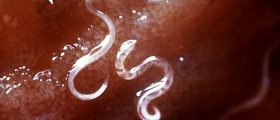
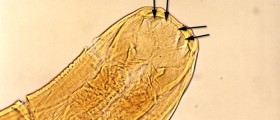



_f_280x120.jpg)

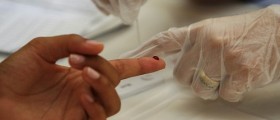

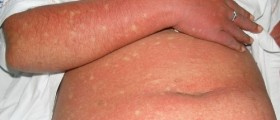

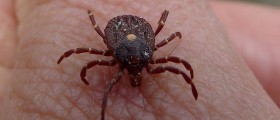

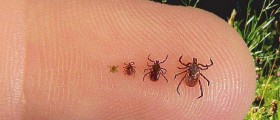

Your thoughts on this
Loading...